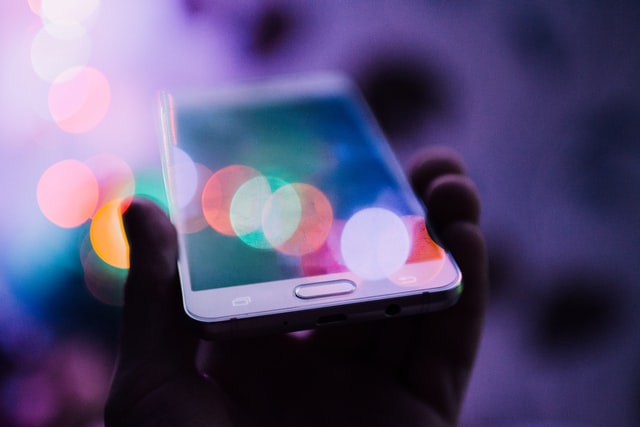A smartphone is a mobile phone with an integrated computer and other functions not originally associated with phones, such as the operating system, Internet browsing and the ability to run applications. What does smartphone mean?
Literally Smartphone means a smart phone.
Important features
One of the most important elements of the smartphone is the connection to the application store. App Store or Google Pay is a centralized portal where users can search and download applications to use on their phones. A typical application store offers thousands of mobile applications to increase productivity, games, word processors, notes, organizations, social media and more.
Popular applications
Many consumers use smartphones to communicate with friends, family and brands on social media.
Social platforms, such as Facebook, Instagram, Twitter and LinkedIn, have mobile applications that the user can download from the app store on their phone. These applications allow smartphone users to publish personal updates and photos while traveling.
Tracking health and well-being is another common use of smartphones. For example, the Health app for iOS can track sleep behavior, nutrition, body measurements, vital signs, mental health exercises, and more.

Third-party wearable devices, such as smartwatches, can connect to a smartphone to monitor a person’s health statistics, such as heart rate, and send information to be collected by phone.
Mobile payments are another common application for smartphones. Wallet features allow users to save credit card information on their phones to use when purchasing products in retail stores. Apps such as Apple Pay also allow users to pay other iOS users directly from their phones.
Smartphone History
Early smartphones were mainly sold on the corporate market, trying to combine the functionality of stand-alone PDA devices with support for mobile telephony, but were limited by their bulky form, short battery life, slow analogue cellular networks and the immaturity of wireless data services. These problems were finally solved by exponential scaling and miniaturization of MOS transistors to the sub-micron level (Moore’s law), improved lithium-ion battery, faster digital mobile data networks (Edholm’s law), and more mature software platforms that allowed mobility device ecosystems develop independent of data providers.











